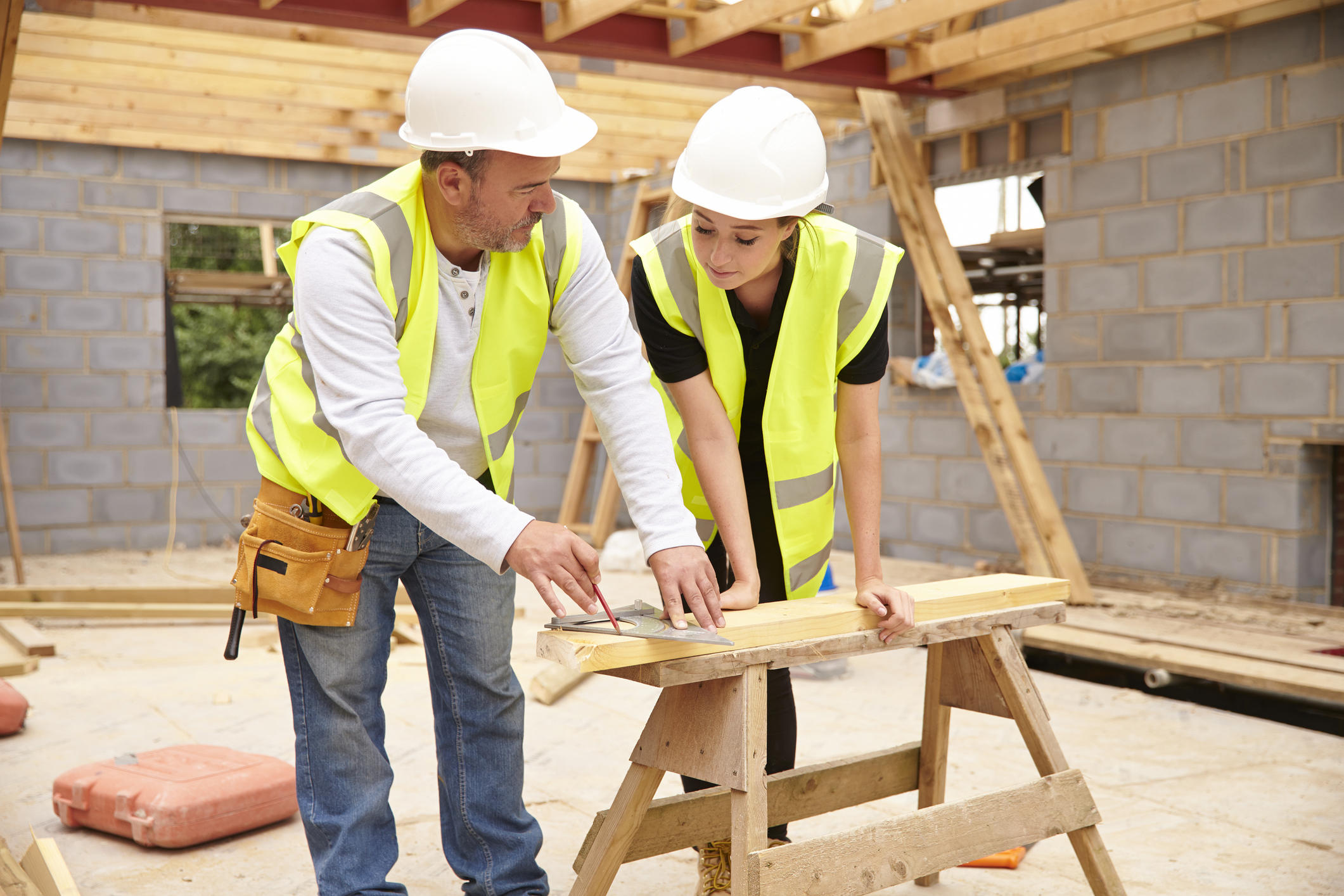Department of Employment 2021, Industry Employment Projections viewed 1 August 2021, Labour Market Information Portal
- by ANZSIC 3-digit 323 Building Installation Services industry, employment projections to May 2025
National Skills Commission 2022, Occupation Employment Projections viewed 10 August 2022, https://www.nationalskillscommission.gov.au/topics/employment-projections
- by ANZSCO, selected occupations, employment projections to May 2026
- 3421 Airconditioning and Refrigeration Mechanics
- 3411 Electricians
- 3341 Plumbers.
Australian Bureau of Statistics 2022, 6291.0.55.001 - EQ06 - Employed persons by Industry group of main job (ANZSIC), Sex, State and Territory, November 1984 onwards, viewed 1 August 2022. https://www.abs.gov.au/statistics/labour/employment-and-unemployment/labour-force-australia-detailed/may-2022
Employed total by ANZSIC 3-digit 323 Building Installation Services Industry, 2002 to 2022, May quarter.
Australian Bureau of Statistics 2017, 2016 Census – employment, income and unpaid work, TableBuilder. Findings based on use of ABS TableBuilder data.
- Employment level by 3-digit 323 Building Installation Services Industry, and 4-digit level occupations to identify the relevant VET-related occupations in the industry as a proportion of the total workforce.
Training data has been extracted from the National VET Provider Collection, Total VET Students and Courses from the following training packages or qualifications:
- CPC Construction, Plumbing and Services, and BCP Plumbing and Services Training Packages
- Fire Protection and Fire Systems Design
- BCP30503 - Certificate III in Fire Protection
- CPC32808 - Certificate III in Fire Protection
- CPC32811 - Certificate III in Fire Protection
- CPC32812 - Certificate III in Fire Protection
- CPC32813 - Certificate III in Fire Protection
- CPC32820 - Certificate III in Fire Protection
- CPC50509 - Diploma of Fire Systems Design
- CPC50520 - Diploma of Fire Systems Design.
- Gas Fitting
- BCP30403 - Certificate III in Gas Fitting
- CPC32708 - Certificate III in Gas Fitting
- CPC32711 - Certificate III in Gas Fitting
- CPC32712 - Certificate III in Gas Fitting
- CPC32713 - Certificate III in Gas Fitting
- CPC32720 - Certificate III in Gas Fitting.
- Plumbing and Hydraulic Services Design
- BCP30103 - Certificate III in Plumbing
- BCP30203 - Certificate III in Plumbing (Mechanical Services)
- CPC32408 - Certificate III in Plumbing
- CPC32411 - Certificate III in Plumbing
- CPC32412 - Certificate III in Plumbing
- CPC32413 - Certificate III in Plumbing
- CPC32420 - Certificate III in Plumbing
- CPC32508 - Certificate III in Plumbing (Mechanical Services)
- CPC32511 - Certificate III in Plumbing (Mechanical Services)
- CPC32512 - Certificate III in Plumbing (Mechanical Services)
- CPC32513 - Certificate III in Plumbing (Mechanical Services)
- CPC40908 - Certificate IV in Plumbing and Services
- CPC40909 - Certificate IV in Plumbing and Services
- CPC40911 - Certificate IV in Plumbing and Services
- CPC40912 - Certificate IV in Plumbing and Services
- CPC40920 - Certificate IV in Plumbing and Services
- CPC50611 - Diploma of Hydraulic Services Design
- CPC50612 - Diploma of Hydraulic Services Design
- CPC50620 - Diploma of Hydraulic Services Design.
- Roof Plumbing, Drainage and Urban Irrigation
- BCP20103 - Certificate II in Drainage
- BCP20303 - Certificate II in Urban Irrigation
- BCP30303 - Certificate III in Roof Plumbing
- CPC20708 - Certificate II in Drainage
- CPC20711 - Certificate II in Drainage
- CPC20712 - Certificate II in Drainage
- CPC20720 - Certificate II in Drainage
- CPC20912 - Certificate II in Urban Irrigation
- CPC32608 - Certificate III in Roof Plumbing
- CPC32611 - Certificate III in Roof Plumbing
- CPC32612 - Certificate III in Roof Plumbing
- CPC32620 - Certificate III in Roof Plumbing.
This includes superseded qualifications and training packages.
Data covers a range of selected student and training characteristics in the following categories and years:
- 2017 to 2021 program enrolments
- 2017 to 2021 program completions
- 2021 subject enrolments.
Total VET students and courses data is reported for the calendar year. Program enrolments are the qualifications, courses and skillsets in which students are enrolled in a given period. For students enrolled in multiple programs, all programs are counted. Program completion indicates that a student has completed a structured and integrated program of education or training. Location data uses student residence. Subject enrolment is registration of a student at a training delivery location for the purpose of undertaking a module, unit of competency or subject. For more information on the terms and definitions, please refer to the Total VET students and courses: terms and definitions document.
Low counts (less than 5) are not reported to protect client confidentiality.
Percentages are rounded to one decimal place. This can lead to situations where the total sum of proportions in a chart may not add up to exactly 100%.
CPC Construction, Plumbing and Services, and BCP Plumbing and Services Training Packages apprentice and trainee data has been extracted from the National Apprentice and Trainee Collection, including:
- 2012 to 2021 commencements
- 2012 to 2021 completions
- apprentices and trainees in-training October to December 2021 collection, by qualification and state and territory of data submitter.
Job vacancy data have been extracted from Lightcast 2022, Labor Insight Real-time Labor Market Information Tool, Boston, viewed August 2022, https://lightcast.io/apac.
Data shown represent most requested generic skills and occupations according to internet job postings in Australia between July 2019 and June 2022 filtered by ANZSIC and ANZSCO classification levels listed below.
- Generic skills/Occupations
- All major ANZSCO groups excluding Sales Workers
- 323 Building Installation Services.
- Employers
- 3411 Electricians
- 3341 Plumbers
- 3421 Airconditioning and Refrigeration Mechanics
- 5311 General Clerks
- 5212 Secretaries
- 323 Building Installation Services.
